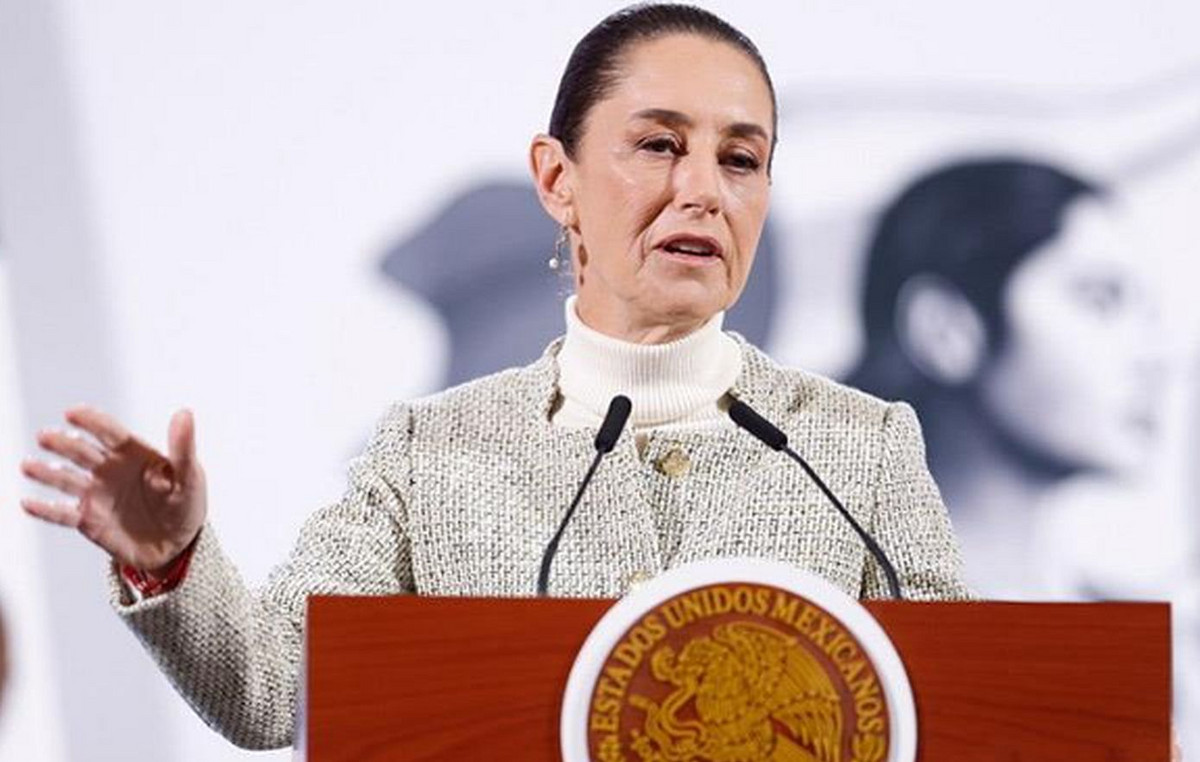On Tuesday, December 12 at 13:30 GMT, the US Bureau of Labor Statistics (BLS) will publish figures for the Consumer Price Index (CPI), the country’s most important inflation indicator. As we approach publication time, here are the forecasts from economists and researchers at 10 big banks for the upcoming US inflation in November.
The headline CPI is expected to fall to 3.1% year-on-year, while the core CPI would remain at 4.0% year-on-year. On a monthly basis, headline inflation would accelerate by 0.1% from the previous release of 0%, while core CPI is also expected to rise to 0.3%.
ANZ
We expect core CPI inflation to rise 0.2% mom in November. The headline CPI is likely to fall 0.1% due to lower energy prices. We believe that the Fed’s current tight monetary policy should dampen demand and ensure the continuation of the recent moderation in inflation. Therefore, we believe that the Fed is done raising rates. Any potential rate cut remains a ways off, as Fed officials will want to see much more evidence that inflation is returning to 2% on a sustainable basis.
Commerzbank
Seasonally adjusted US consumer prices are expected to have risen just 0.1% in November. The interannual rate would then fall from 3.2% to 3.1%. However, the small month-on-month increase is mainly due to lower energy prices, which are unlikely to be a lasting factor. In particular, gasoline prices, very volatile from month to month, fell 6% month-on-month. On the other hand, we expect the core CPI, that is, the one that excludes energy and food, to be much stronger (0.3% mom) and remain unchanged (4.0% yoy). Overall, the consumer price report is unlikely to change the outlook for declining inflation. However, the persistence of core inflation would remind us once again that this decline is only gradual.
Deutsche Bank
We see the headline figure at +0.1% (unchanged from October) and the core CPI accelerating to +0.3% (+0.2%).
NBF
The energy component is likely to have had a negative impact on the overall index, given the decline in gasoline prices during the month. This should help keep overall prices unchanged monthly. So, the year-on-year rate could fall from 3.2% to a 5-month low of 3.0%. Core prices, for their part, could register a monthly increase of 0.3%, led by another increase in the housing component. On a 12-month basis, core inflation should remain unchanged at a 2-year low of 4.0%.
TDS
We expect core CPI inflation to rebound to 0.3% mom from 0.2% in October, with headline inflation also strengthening to 0.1%. The report is likely to show that the staple segment added to inflation, while the shelter components (OER/rentals) are expected to remain mixed. Our unrounded core CPI inflation forecast of 0.29% month-on-month points to very balanced risks for November.
SocGen
We estimate that gasoline prices fell just over 6% in November compared to October. This should keep headline inflation stable. We forecast an underlying CPI of 0.2%, with housing costs rising 0.4% month-on-month, which would mean further moderation in this category. Car prices are expected to decline slightly again in November, by 0.3%. The fall in prices of used vehicles is contributing to this decline.
Wells Fargo
We expect declining gasoline prices to keep the headline inflation rate stable in November and expect the core CPI, which excludes food and energy, to rise 0.3%, a sign of slower progress in core inflation. If the forecasts are not met, the market could react higher and increase yields, but we doubt that the CPI data will materially change the outcome of the Fed meeting, where the FOMC is expected to leave rates unchanged. If our CPI forecast is met, the annual headline inflation rate would fall to its lowest level since March 2021, while the underlying rate would remain unchanged from a month ago at 4.0%. Part of the rise in core CPI will be due to the recovery in volatility following the decline in travel prices in October. But other areas should slow further, including housing and commodity prices, which look set to decline for the sixth straight month. Although inflationary pressure continues to ease, there is still ground to cover before declaring victory.
Citi
We expect a 0.30% MoM rise in US core CPI in November, stronger than October’s 0.23% rise and with slightly upside risks for an even stronger print. Service prices should generally be higher in November, both in the shelter and non-shelter components. However, prices of goods should decline slightly in November.
CIBC
Headline inflation is expected to be 0.1% mom due to weak energy prices and core inflation is expected to be 0.2% mom. The moderation in core CPI largely reflects the gradual softening of housing inflation and commodity deflation. Together, these components represent about 70% of core inflation and will more than offset the Fed’s so-called “supercore” – services excluding housing – where price pressure could remain firm. Our view on core inflation is slightly below consensus, but after six months of encouraging inflation progress, a very cold or very hot reading won’t mean much for the Fed. We might as well go back to the old days of a single CPI release no longer moves the needle. Most markets understand this and will wait for cues from the FOMC meeting and its latest projections later in the week.
Westpac
With the labor market weakening, confidence very weak and further declines in oil prices, a similar result is likely to occur in November: 0.0% for headline prices and 0.2% for core prices. If achieved, annual headline inflation will probably remain around 3% and core inflation at 4%. Between now and 2024, core inflation is expected to remain moderate, although mainly because safe haven inflation will decline, while other components will see modest growth. If the oil price remains around current levels in early 2024, annual headline inflation will slow rapidly towards 2% and core inflation will follow by mid-year.
Source: Fx Street
I am Joshua Winder, a senior-level journalist and editor at World Stock Market. I specialize in covering news related to the stock market and economic trends. With more than 8 years of experience in this field, I have become an expert in financial reporting.







